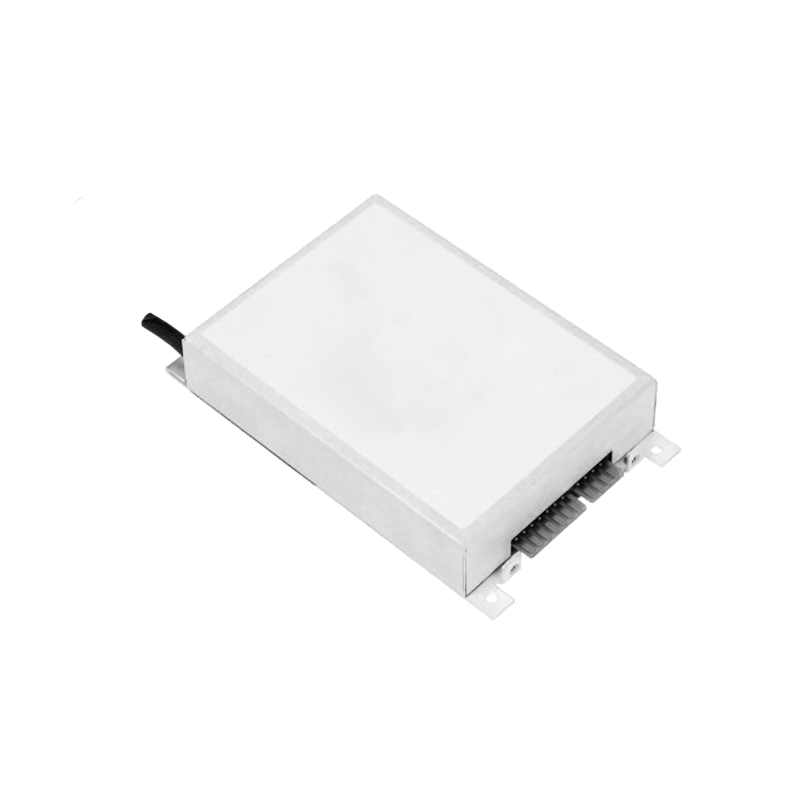Breakthrough in Industrial CT Resolution Driven by High-Voltage Power Supply Technology
As a core component of industrial CT systems, the performance of high-voltage power supplies directly determines the stability and precision of X-ray sources, thereby influencing the limits of spatial and density resolution. Recent innovations in high-voltage power supply technology have been pivotal in advancing CT resolution, primarily through four key aspects:
1. Nanoscale Focus Control and Spatial Resolution Enhancement
Stable output from high-voltage power supplies enables X-ray sources to achieve microfocus (<1 μm). By optimizing voltage ripple and current accuracy, electron beam trajectories hitting the target can be controlled to minimize focus size. Studies show that a 50% reduction in focus size improves spatial resolution (SR) by approximately 30%. For example, reducing the focus size from 1 μm to 0.5 μm allows the system to resolve details as fine as 2 μm, significantly increasing detection rates for microcracks (<10 μm) and BGA solder joint defects. Additionally, synergistic optimization between high-voltage power supplies and geometric magnification (M) maintains beam stability at 100× magnification, preventing efficiency losses due to reduced scanning视野.
2. Signal-to-Noise Optimization and Density Resolution Breakthrough
Density resolution relies on the system’s sensitivity to X-ray attenuation differences. High-voltage power supplies enhance the signal-to-noise ratio through:
Energy Spectrum Purification: Millisecond-level response times suppress voltage fluctuations, reducing X-ray scattering and image noise. Experiments indicate that a 0.1% improvement in voltage stability optimizes density resolution from 2% to 1%, enabling differentiation of materials with density differences as small as 0.01 g/cm³ (e.g., microvoids in plastics or metal inclusions).
Dynamic Dose Adjustment: For varied-density samples (e.g., composites), power supplies dynamically adjust tube voltage (kV) and current (mA). High-density components use high-energy rays for penetration, while low-density regions switch to low-dose modes to avoid signal saturation or loss.
3. Artifact Suppression and Image Fidelity Enhancement
Rapid response capabilities of power supplies are critical for artifact elimination:
Beam Hardening Correction: In metal component scanning, millisecond-level energy spectrum switching combined with iterative reconstruction algorithms reduces带状 artifacts by 80%.
Dynamic Motion Compensation: Instantaneous voltage boosting shortens exposure times, mitigating motion blur. For instance, reducing exposure from 60 seconds to 5 seconds in micron-level scans improves edge clarity by 40%.
4. Synergistic Innovation with AI Algorithms
High-precision data output from power supplies supports deep learning training:
Super-Resolution Reconstruction: Power stability ensures quality in low-resolution projection images. When integrated with generative adversarial networks (GANs), resolution can increase from 71.4 LP/mm to 83.3 LP/mm.
Real-Time Adaptive Optimization: Closed-loop feedback between power parameters (e.g., kV/mA) and AI algorithms enables automatic selection of optimal scanning modes. For example, voltage dynamically increases to enhance signal-to-noise ratio in low-contrast regions when detecting ceramic cracks.
Conclusion and Future Outlook
Advancements in high-voltage power supply technology drive industrial CT resolution breakthroughs from the beam generation source. Future developments, such as ultrafast-response power supplies (nanosecond-level control) coupled with quantum detectors, promise to push spatial resolution into the sub-micron era (<0.5 μm). Integrated power supply and edge computing designs will further enable real-time high-precision imaging, revolutionizing fields like semiconductor packaging and aero-engine blade manufacturing.




















